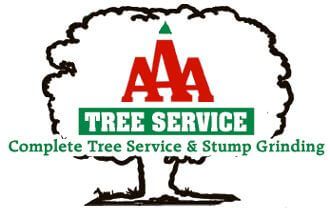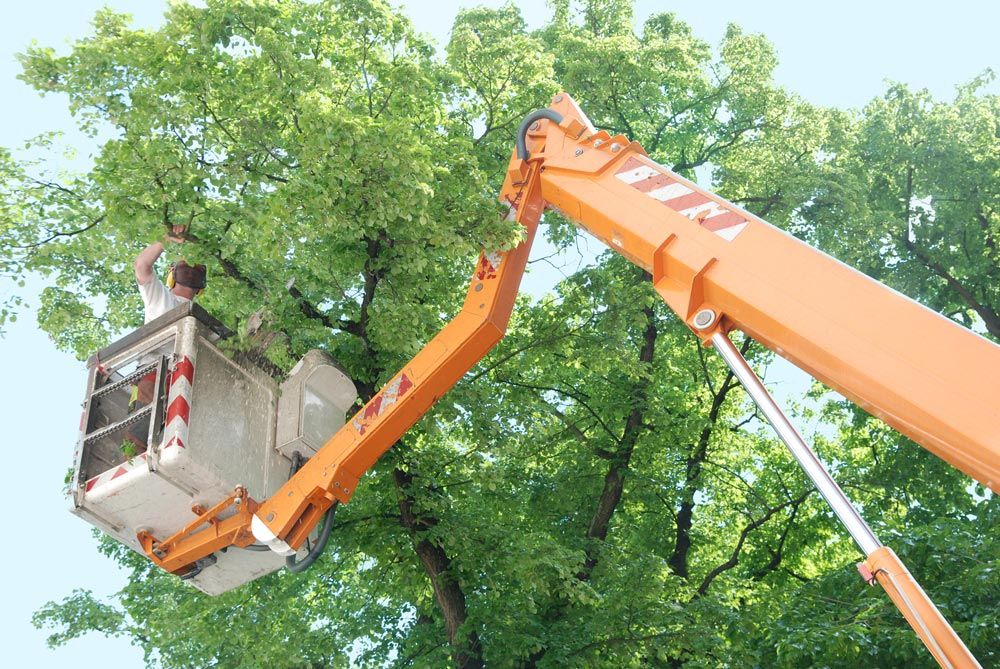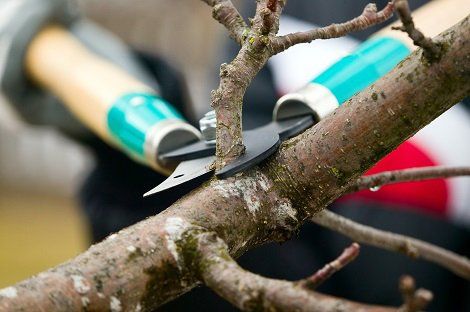CALL US TODAY!
3 Common Fungal Tree Diseases and How to Identify Them
Trees are living things, and therefore, they can catch disease. Most tree diseases are preventable and require you to be on the lookout. Identifying signs of disease early could save a tree from dying or, better still, falling on your property after intensive structural damage.
A diseased tree will often be unpleasant to look at, standing out like a sore thumb in your yard. Therefore, keeping vigilant on your tree's health will ensure that your landscape stays attractive and blends in well with the surrounding environment. Unfortunately, a stressed tree can be more vulnerable to disease in situations like:
- Drought. A lack of water results in depleted moisture reserves in your tree. Insufficient moisture reduces your tree's ability to ward off infections, eventually spreading and damaging the tree's structure.
- Stem damage. An exposed trunk will be a viable entry point for disease-causing pathogens. The pathogens accelerate the rate of tree infection.
- Root damage. Damaged roots form excellent entry points for pathogens to invade a tree and cause disease. Additionally, a damaged root system prevents the tree from absorbing soil moisture. Without moisture, a tree's vulnerability to infection increases.
Proper tree care ensures that your trees are free of structural damage and drought stress, the two main precursors for tree diseases. Below are the most common diseases and how to easily tell them apart.
1. Anthracnose
Anthracnose is a common fungal problem for evergreen and deciduous tree species. The fungus thrives in warm and wet conditions and can spread quickly during the rainy season. Plant debris forms the perfect breeding ground for the fungi, finding its way to the nearby trees.
You can identify anthracnose by brown spots and discoloration on the leaves of an infected tree. The spots are tiny, often sitting on the underside of a diseased leaf. You could also find dull, tiny lesions on the flowers and stems.
If you suspect anthracnose on your tree, call in an experienced professional for additional insights on how best to control its spread. Your tree service expert might suggest periodic fumigation to make sure the disease doesn't return later.
2. Dutch Elm Disease
Dutch elm disease is a potentially fatal fungal disease that attacks all elm tree species, including the American elm. Bark beetles can easily spread the disease as they move from one tree to another. Root grafts also act as intermediaries through which the fungal disease spreads between adjacent trees.
A diseased tree will have yellow or wilted leaves as the main sign of a Dutch elm disease outbreak. You might notice discoloration on the sections where you cut dying branches. Dutch elm disease also causes dark streaks, which you can see when you peel off the tree's bark.
Usually, when withered leaves fall off from the tree, branches and entire sections follow suit. Eventually, the tree is unable to support itself and soon dies.
Diagnosing the disease isn't always easy since elm leaf beetles can cause similar symptoms if they invade a tree. You should consult an expert to establish if your tree suffers from Dutch elm disease.
3. Powdery Mildew
Powdery mildew is one of the easiest fungal tree infections to identify due to its trademark white coating on the leaf surface. Several fungal spores form on the leaves, and eventually, the leaves turn yellow and drop prematurely.
The disease is more common with plants growing under shade, where humidity levels are high, without rainfall. Insects are the main carriers of the disease and infect other plants through their body secretions.
Tree service experts eliminate powdery mildew by applying fungicides to kill off the spores and prevent reoccurrence. They also prune to ensure proper plant air circulation for overcrowded tree sections.
Contact AAA Tree Service today to schedule an inspection and stay ahead of any diseases that could cut your trees' lives short.
Browse Our Website
Contact Information
Phone: (916) 383-7413 | 916-925-0328
Address: 8511 Elwyn Avenue Elverta, CA 95626
State Contractors License # 861149
County Contractors License # 321511
City Contractors License # 141468
Special Contractors License # 609581


